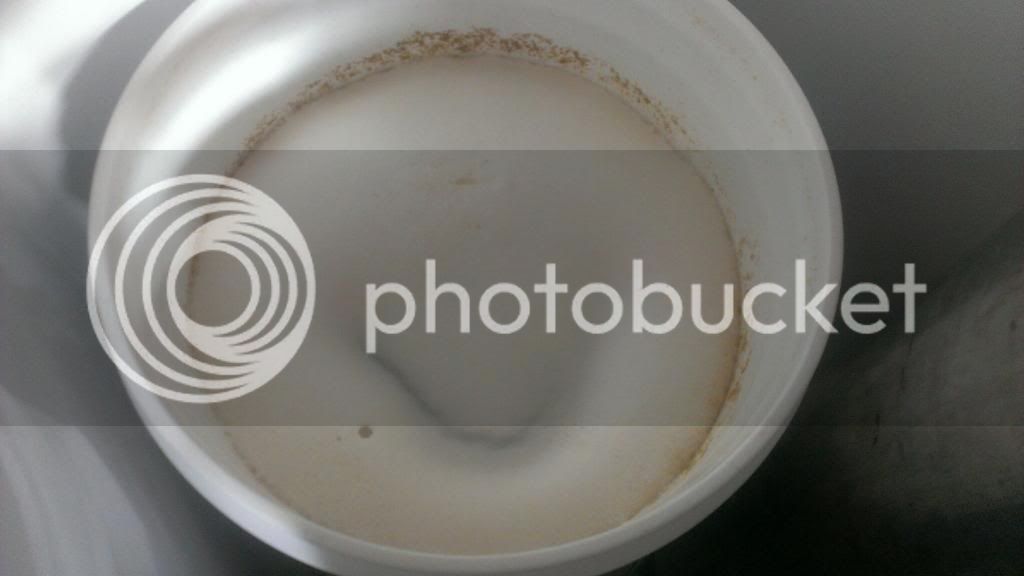About 10 minutes after pitching a pack of US-05 into my starter wort, I found out I shouldn't have made a starter with it. I just recently got into making them and never realized that dry yeast shouldn't have a starter.
I'm wondering if I should split my starter in half and use one portion for my beer (5gal of 1.061) and save the other portion for future use. I was planning on washing and saving the yeast from this batch anyway.
Thoughts?
I'm wondering if I should split my starter in half and use one portion for my beer (5gal of 1.061) and save the other portion for future use. I was planning on washing and saving the yeast from this batch anyway.
Thoughts?






